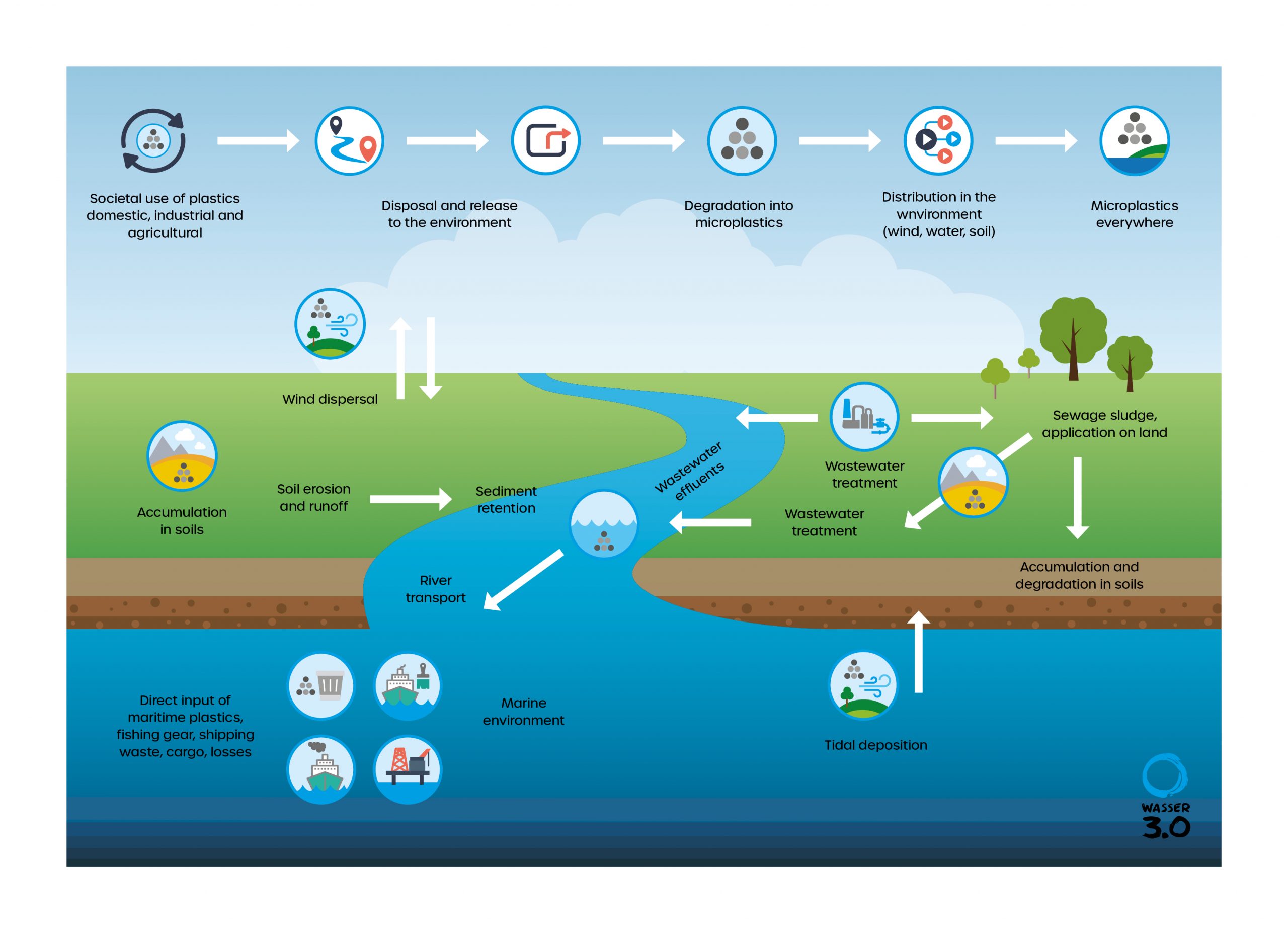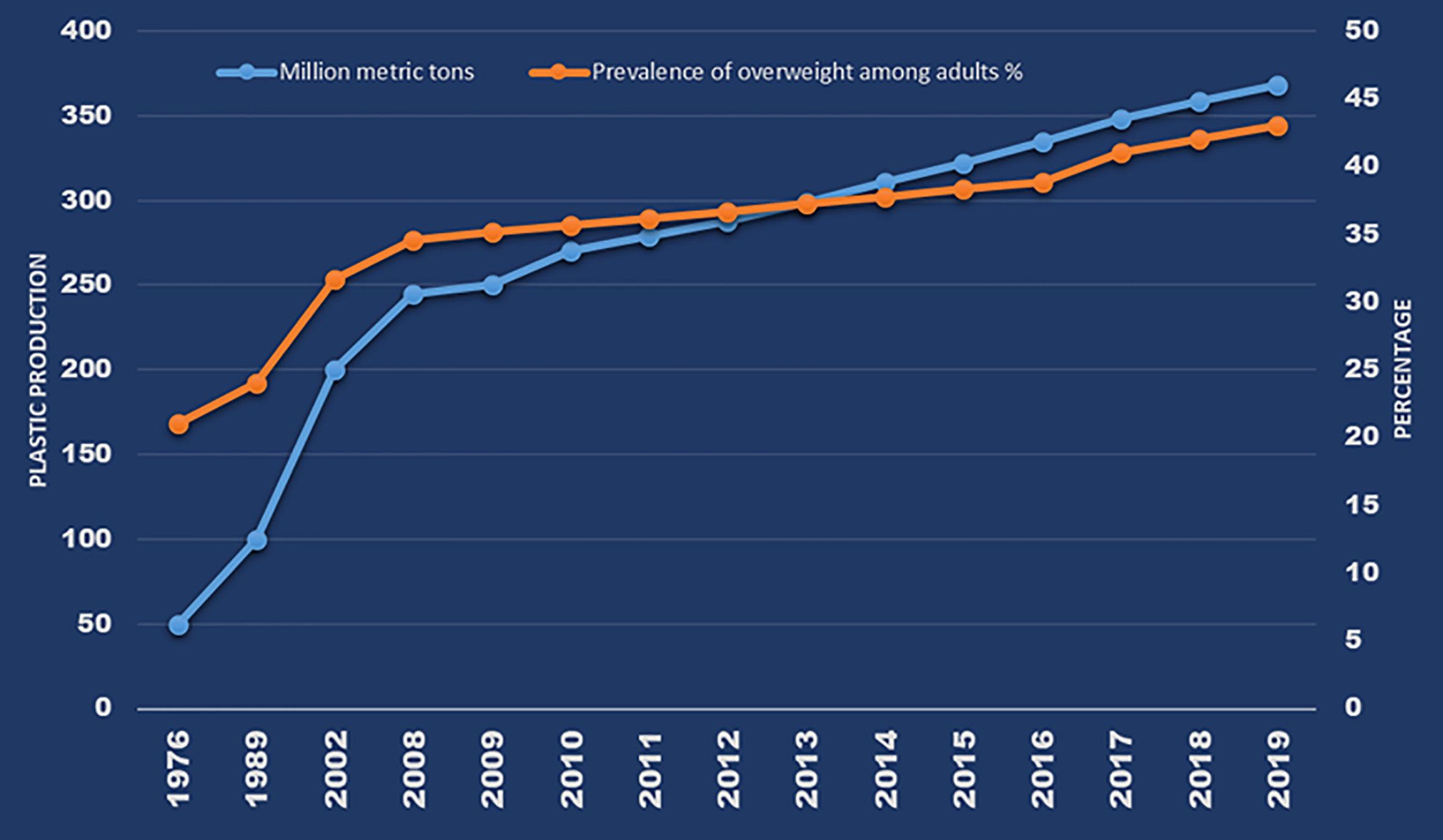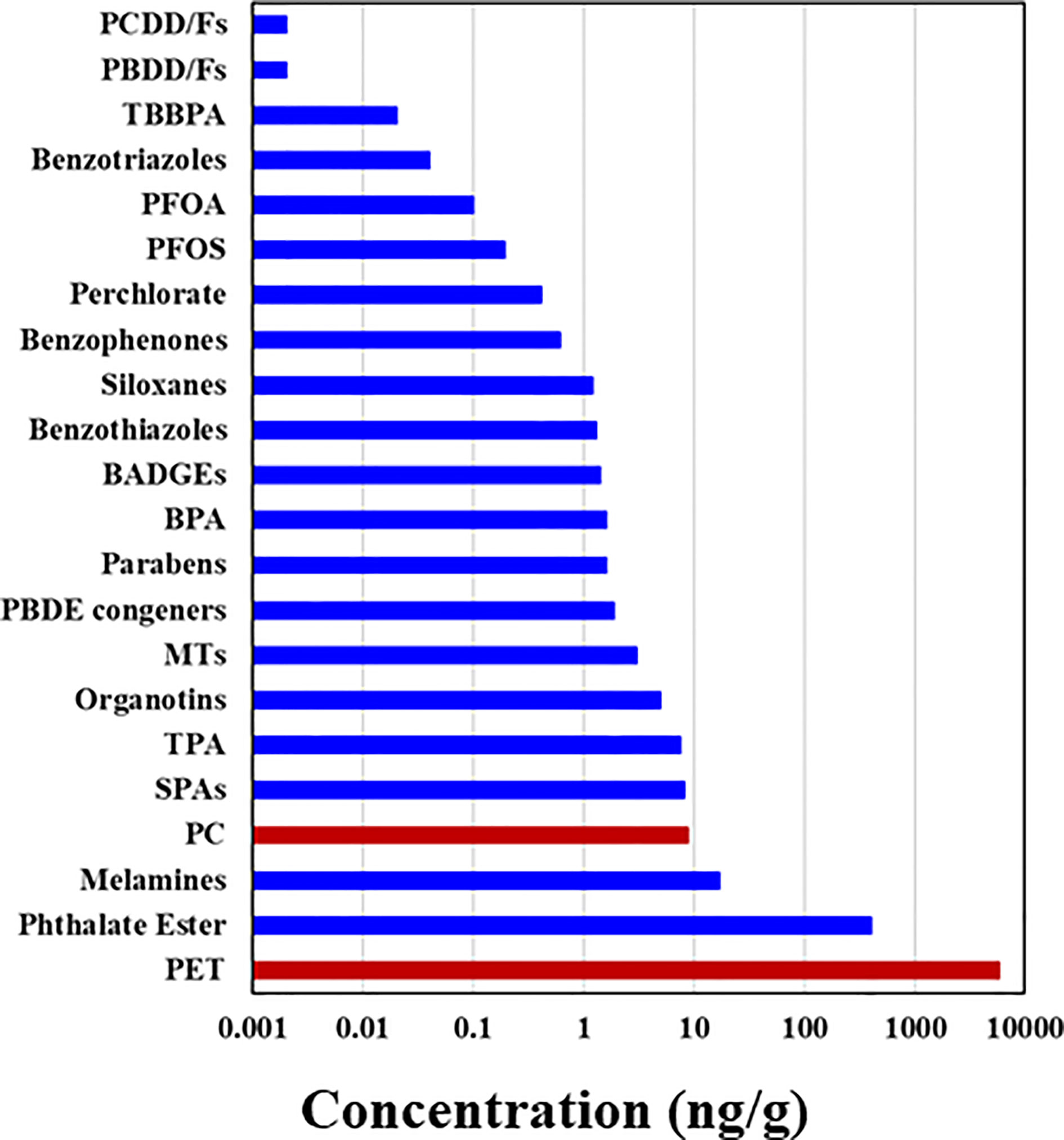
In the past six decades we have produced 8.352 billion tons of plastics. Most of it has now ended up in landfills or directly in our natural environment. In fact, only 9% of the plastic used today is recycled.
Up to 12 million tons of plastic enter our oceans every year. This corresponds to one garbage truck per minute. Plastic waste on the streets can also get into the ocean via drainage networks or rivers: According to estimates, the world's major rivers carry up to 2.41 million tons of plastic into the sea each year, which corresponds to 100,000 garbage trucks.
Synthetic materials (polymers, microplastics or plastics) are one of the causes of our global environmental pollution. Floating plastic continents in several oceans, plastic bag-eating turtles, dead whales with plastic garbage stomachs are discoveries of the last few years that have received great media coverage and attention.
Microplastics were first detected in large numbers in the world's oceans in 2004. That made one thing very clear: plastic in the environment does not just go away. And not "only" with plastic, but also with microplastics, we are dealing with an environmental problem of enormous and global proportions. (Thompson et al., 2004)
Where do we stand when it comes to microplastics?
Microplastics is a young research area with many unknowns. Science, industry, and politics are facing enormous challenges in order to grasp the phenomenon in all its complexity and to find effective solutions against the further spread of microplastics. If we want to understand what is hidden behind the term and research field of microplastics, we must direct our attention to the way we deal with plastics: from production and use to disposal or reuse. Here we have put together a few facts about the current situation.
There are different definitions of microplastics and differentiations from, for example, nano plastics. In the meantime, however, there is broad consensus that plastic fragments smaller than 5 mm should be referred to as microplastics.
The proximity to heavily populated areas and inadequate waste management lead to particularly high levels of contamination. Point sources such as sewage treatment plants or the plastics industry are also important influencing factors. Furthermore, contamination with microplastics is influenced by transport processes such as wind, water currents, ebb and flow and surface runoff from rain.
In general, limnic ecosystems are more heavily contaminated with microplastics than marine ecosystems, since microplastics can be distributed more widely in the enormous volume of marine ecosystems. Plastic and microplastics collect in so-called "garbage patches" because of converging ocean currents.
How dangerous is microplastic?
There is heated discussion and research about how dangerous microplastics are for humans, animals, and the environment. Mainly due to their small size (≤ 5 mm), microplastics pose a threat to animals and the environment, as they are accessible to many organisms and are kept and eaten for food, for example. In addition, each microplastic particle has an individual composition due to previous production, use and disintegration processes. Extremely harmful micropollutants such as residues of plasticizers, heavy metals, PFOS or pharmaceuticals can adhere to microplastics. This increases the risk of physical and toxicological damage to organisms and ecosystems caused by microplastics (Law et al., 2014).
Microplastics are also transported or accumulated within the food chain. They also get into the human body (FAO, 2016). The nature of the consequences for human health and how harmful this will ultimately be cannot currently be foreseen.
How can microplastics be detected?
Methods for the detection of microplastics are also discussed and researched. So far, there is no simple, standardized, and fast analytical method that can also be used outside of laboratories in real water and that can detect microplastics in different environmental matrices as reliably and reproducibly as possible. Due to the use of very different procedures, the data collected so far are difficult to compare and are often not very meaningful. This is one of the main reasons why there are still no limit values or political guidelines for dealing with microplastics.
An efficient identification and quantification of microplastic pollution is a great scientific challenge, because as the size of the particles (nano plastics) decreases, it becomes more and more difficult to recognize and detect them. Micro- and nano plastics that have not been detected can easily lead to the fallacy that they do not exist. In the environment especially:
Just because something can no longer be seen or detected does not mean that it is no longer there!
If you can't read the diagram below, you can find it at this link:

https://www.ncbi.nlm.nih.gov/pmc/articles/PMC7068600/
The distribution and abundance of microplastics into the world are so extensive that many scientists use them as key indicators of the recent and contemporary period defining a new historical epoch: The Plasticene. However, the implications of microplastics are not yet thoroughly understood. There is considerable complexity involved to understand their impact due to different physical–chemical properties that make microplastics multifaceted stressors. If, on the one hand, microplastics carry toxic chemicals in the ecosystems, thus serving as vectors of transport, they are themselves, on the other hand, a cocktail of hazardous chemicals that are added voluntarily during their production as additives to increase polymer properties and prolong their life. To date, there is a considerable lack of knowledge on the major additives of concern that are used in the plastic industry, on their fate once microplastics dispose into the environment, and on their consequent effects on human health when associated with micro and nanoplastics. The present study emphasizes the most toxic and dangerous chemical substances that are contained in all plastic products to describe the effects and implications of these hazardous chemicals on human health, providing a detailed overview of studies that have investigated their abundance on microplastics. In the present work, we conducted a capillary review of the literature on micro and nanoplastic exposure pathways and their potential risk to human health to summarize current knowledge with the intention of better focus future research in this area and fill knowledge gaps.

https://www.frontiersin.org/articles/10.3389/fendo.2021.724989/full
The ubiquitous exposure of humans to microplastics (MPs) through inhalation of particles in air and ingestion in dust, water, and diet is well established. Humans are estimated to ingest tens of thousands to millions of MP particles annually, or on the order of several milligrams daily. Available information suggests that inhalation of indoor air and ingestion of drinking water bottled in plastic are the major sources of MP exposure. Little is known on the occurrence of MPs in human diet. Evidence is accumulating that feeding bottles and medical devices can contribute to MP exposure in newborns and infants. Biomonitoring studies of human stool, fetus, and placenta provide direct evidence of MP exposure in infants and children. MPs <20 µm were reported to cross biological membranes. Although plastics were once perceived as inert materials, MP exposure in laboratory animals is linked to various forms of inflammation, immunological response, endocrine disruption, alteration of lipid and energy metabolism, and other disorders. Whereas exposure to MPs itself is a concern, MPs can also be sources of exposure to plastic additives and other toxicants. Exposure of human cell lines to MP additives such as phthalates, bisphenols, and organotins causes adverse effects through the activation of nuclear receptors, peroxisome proliferator-activated receptors (PPARs) α, β, and γ, and retinoid X receptor (RXR), leading to oxidative stress, cytotoxicity, immunotoxicity, thyroid hormone disruption, and altered adipogenesis and energy production. The size, shape, chemical composition, surface charge, and hydrophobicity of MPs influence their toxicity. Maternal transfer of MPs to the developing fetus has been demonstrated in exposed laboratory animals and through the analysis of human placenta. In laboratory animal studies, maternal exposure to MPs altered energy and lipid metabolism in offspring and subsequent generations. Moreover, concomitant with the global increase in plastics production, the prevalence of overweight and obesity in human populations has increased over the past five decades, and there is evidence to support the hypothesis that MPs and their additives are potential obesogens. Even though MP exposures are ubiquitous and toxic effects from such exposures are a concern, systematic studies on this topic remain urgently needed.

Figure 2 Median concentrations of polyethylene terephthalate (PET) and polycarbonate (PC)-based microplastics measured in indoor dust samples collected from Albany, New York, USA, compared with those of other chemicals [see Zhang et al. (48) for details]; PCDD and PCDFs, polychlorinated dibenzo-p-dioxins and dibenzofurans, respectively; PBDD and PBDFs, polybrominated dibenzop-dioxins and dibenzofurans, respectively; TBBPA, tetrabromobisphenol A; PFOA, perfluorooctanoic acid; PFOS, perfluorooctanesulfonate; BADGEs, bisphenol A diglycidyl ether; PBDEs, polybrominated diphenyl ethers; MT, metabolites of 2,6-di-tert-butyl-4-hydroxytoluene; SPAs, synthetic phenolic antioxidants; TPA, terephthalic acid.

https://wattsupwiththat.com/2022/01/01/yet-another-man-made-crisis/
This was my comment:
Mike Maguire
January 1, 2022 11:37 am
Thanks Kip, I agree that this is currently not at the level of a major crisis in the oceans but is a serious problem. We are still putting in far more plastics than the rate of breakdown. Just because we can’t see all of it floating at the surface is not evidence that its breaking down faster than the measured rates by science…….though 450 years for plastic bottles is probably too high. There are likely massive amounts below the surface.
I agree that if we properly disposed of all of our trash/liter, it would go a long way towards managing much of the oceanic plastics problem. Tell that to 198 countries in the world (-:
At what level would you consider it a major problem Kip?
Speaking of breaking down. If the rates of breaking down are FASTER, like you insist, then the dangers to humans from all the toxic substances ADDED TO the plastics are even greater.
What’s your opinion on this Kip?
A Detailed Review Study on Potential Effects of Microplastics and Additives of Concern on Human Health
https://www.ncbi.nlm.nih.gov/pmc/articles/PMC7068600/
+++++++++++++++++++++++++++++++++++++++++++++++++++++++++
A Review of Human Exposure to Microplastics and Insights Into Microplastics as Obesogens
https://www.frontiersin.org/articles/10.3389/fendo.2021.724989/full
++++++++++++++++++++++++++++++++++++++++++
Author
Reply to Mike Maguire
January 1, 2022 1:19 pm
Mike ==> I do recommend reading those and other studies — it leads one to realize that they have found no harm actually happening to any single human being from ingestion or exposure to plastics or resulting from the additives to plastics with the exposures actually experienced in the real world. There are some exceptions to the breathing in of burning plastic in industrial fires.
It is almost absolutely true that one can find peer-reviewed studies that find harm from any chemical, element, compound, natural or man-made product.
All the could, mights, mays etc rend these studies simply speculative outpourings of angst.
+++++++++++++++++++++++++++++++++++++++++++
Reply
Mike Maguire
Reply to Kip Hansen
January 1, 2022 5:54 pm
Thanks Kip!
Happy New Year to you!
Appreciate you taking the time to respond to everybody’s comments, including my previous one.
Here is one of those studies.
Overview of known plastic packaging-associated chemicals and their hazards
https://www.sciencedirect.com/science/article/pii/S0048969718338828
I find it impossible to believe that with hundreds of additives, dozens that are known to be hazardous to human health that this is not introducing a measurable health risk to those chronically exposed to substantial amounts in some realms.
With the massive knowledge gaps in the research and this field of study still just in its infancy, we don’t yet have the data to conclusively show what seems very likely.
There are numerous ways for these toxic substances to cause harm to humans. It’s really just a matter of determining the scale of the harm based on the exposure, which we don’t know yet.
It probably isn’t as great as the pessimists/alarmists claim. But we don’t know.
However, even though we still don’t know alot, we can use critical thinking/common sense to speculate based on what we do know with high confidence about all these hazardous chemicals.
I’m taking the open minded position which maximizes the amount of objective science that can be learned and there’s tons of it in this field, studying the affects of microplastics and the ADDITIIVES in them on human health.
Hi Mike
I know of two applications that waste plastic is used
1: Those incredibly beautiful white fences used to fence in animals [usually horses and some times cattle] Usually in small fence lots so I would presume very expensive
2: We have some re-cycled out door plastic lawn furniture. Tough as any product I have seen and holds up perfectly with our cold and wet winter snow etc.. No sign of deteration after two yrs out side constantly in sun, rain etc.
I have often wondered what the problems might be to use re-cycled plastic for building material. Could you imitate a slate roof with plastic, maybe imitate steel siding, any where where strength is not a factor. Use re-cycled plastic instead of chip board. Maybe re-cycled plastic would have some strength properties. rafters etc.
Heck we use plastic tile for farm drainage. Would re-cycled plastic work with the proper resins added
Just some thoughts
Thanks much Wayne!
I'm not very knowledgeable about the uses of plastics but was reading an article about what happens when particular types of plastics break down into microplastics and all the toxic additives also are released into the environment, then get consumed or breathed in by humans.
This is likely not the case in the examples that you gave. Must be that they combine the plastics with really strong chemicals that give them tremendous durability.
Author
Reply to Mike Maguire
January 2, 2022 7:08 am
Mike ==> Many of the “additives” are included in modern plastics used to cover and store our food.
Mike Maguire
Reply to Kip Hansen
Thanks Kip, I see that. There is much about this topic for me to learn about and obviously for expert scientists in this field to learn MORE about.
Scientists Thought It Took Thousands of Years for Plastic to Decompose – It May Only Be Decades

From the NOAA study sited above:
https://www.whoi.edu/fileserver.do?id=107364&pt=2&p=88817
%20-%20fileserver%20do.png)
This is what Ive often wondered about concerning the quality of re cycled plastics:
1- Do the numerous types/polymers of plastics need to be sorted with like materials in order to produce a uniform
and consistant reconstituted plastic?
2- Can the polymers of recycled plastics be re-formulated to produce a uniform plastic material?
3- How is a uniform color achieved for the recycled product?
4- Is all this economically feasible at this point? Will government subsidies be necessary for an extended time yet? Is it our responsibility to finance this effort in order to save the planet?
Government serves a proper purpose when it gives a "helping hand" to a fledging child ( industry) until that concern is able to support and contribute on its own. But there is a fine line there - they are vulnerable to mega abuse.
So just thinking aloud-
John
Great questions John.